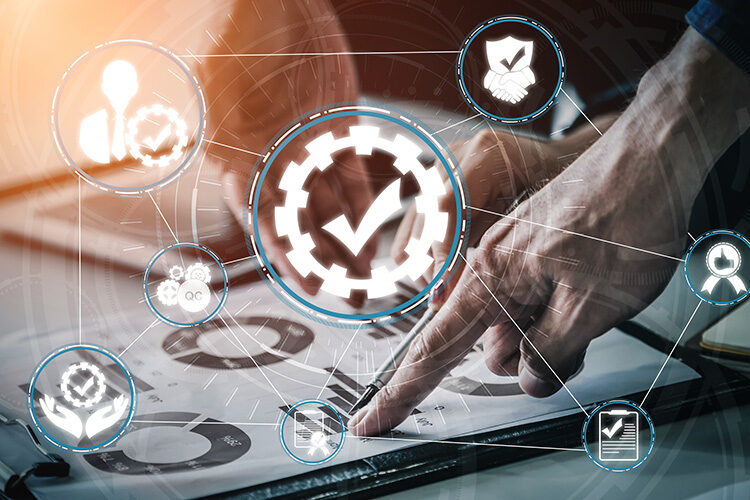
With work from home becoming the new normal, small, medium, and large organizations have shifted their business operations to remote working, as it is unavoidable to put the business on hold. With work being operational, audits are also an inseparable part of it and thus, remote audits have become more common than ever.
Remote Audits
A few years ago, the concept of remote audits would have sounded vague, but in 2020, it is possible. In a remote audit, the auditors perform all necessary audit operations like recording reviews, interviews with employees, observing activities in the premises through video calls, Skype, Zoom meets, etc. They take the help of file sharing apps that are secure to make the task possible.With a definite plan and strategy, remote audits can be executed seamlessly.
Auditors follow the same level of standard audit techniques related to the scope of audits and engage in a collaborative approach for the process.
Benefits of Remote Audits
- It allows them to share data, review, document, and make observations without being physically present on-site, saving both, time and travel expenses.
- With the saved time, they can focus on more details during an audit that can add value and outline improvements.
- There are fewer chances of auditors facing ‘burnout’ if they have to do it online. Multiple auditing requests can be fulfilled; several one-day physical audits that would have taken a whole week can be completed in a single day.
Getting your Organization Ready for Remote Audits
For any major change to take place, necessary arrangements need to be made.
- For any remote audit process, secure exchange of files and documents is crucial, and therefore, cyber security arrangements are mandatory. It will help prevent the loss and corruption of information.
- Cloud exchange of data and access to files has to be provided so that data can be in ‘read-only’ access for auditors to properly analyze and view the necessary documentation.
- In remote audits, focus, clarity, collaboration, project management, extreme transparency, and foresight should be maintained between the parties for uninterrupted auditing.
The 3-Step Process
With remote auditing becoming the most sorted and successful process for organizations, following this 3-step process guarantees the output you need, without hassles.
Plan – Execute – Report
Plan: For this step, a proper plan depending on your technical requirements and limitations are created with the proper audit approach. Based on this, the assessment methods would be created with a technical plan.
Execute: The execution has to be done to provide reliable uninterrupted access so that the audit goes on with a stable voice and video communication. Every situation is different and hence, arrangements have to be made accordingly.
Report: Detailed reports with necessary parameters are generated to summarize and highlight the audit’s effectiveness.
Conclusion
To perform a crucial process like auditing, pre-arrangements are required to get an error-free, compliant, and consistent function. With features like increased efficiency and time-saving, remote audits can only be successful, if performed with the help of experts. At Inspiredge, our expert team takes care of the required standards and follows ISO procedures to offer maximum ROI on your efforts.
Inspiredge- Quality Compliance Assured by Experts


